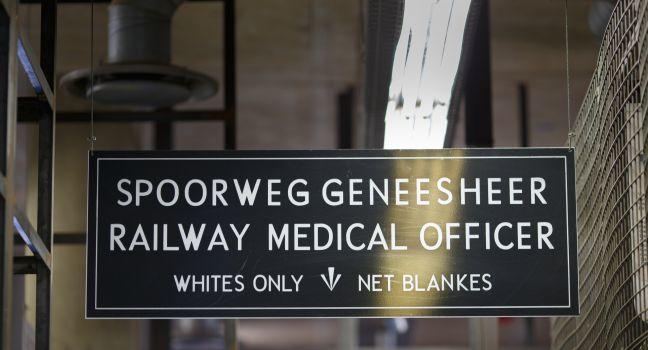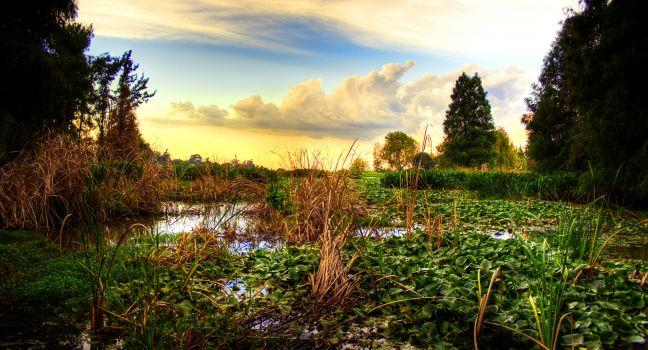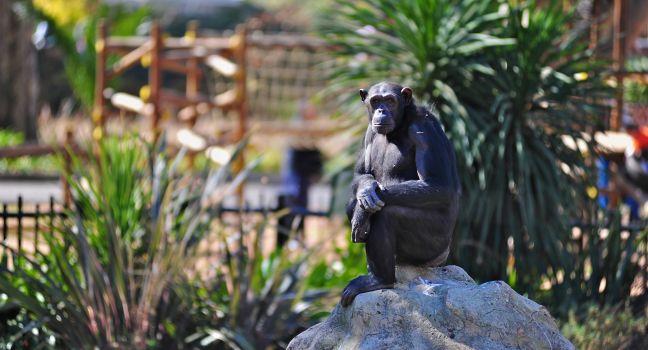Apartheid Museum

The Apartheid Museum, in Ormonde, takes you on a journey through South African apartheid history—from the entrance, where you pass through a turnstile according to your assigned skin color (Black or white), to the myriad historical, brutally honest, and sometimes shocking photographs, video displays, films, documents, and other exhibits. It's an emotional, multi-layered journey. As you walk chronologically through the apartheid years and eventually reach the country's first steps to freedom, with democratic elections in 1994, you experience a taste of the pain and suffering with which so many South Africans had to live. A room with 121 ropes with hangman's knots hanging from the ceiling—one rope for each political prisoner executed in the apartheid era—is especially chilling.





